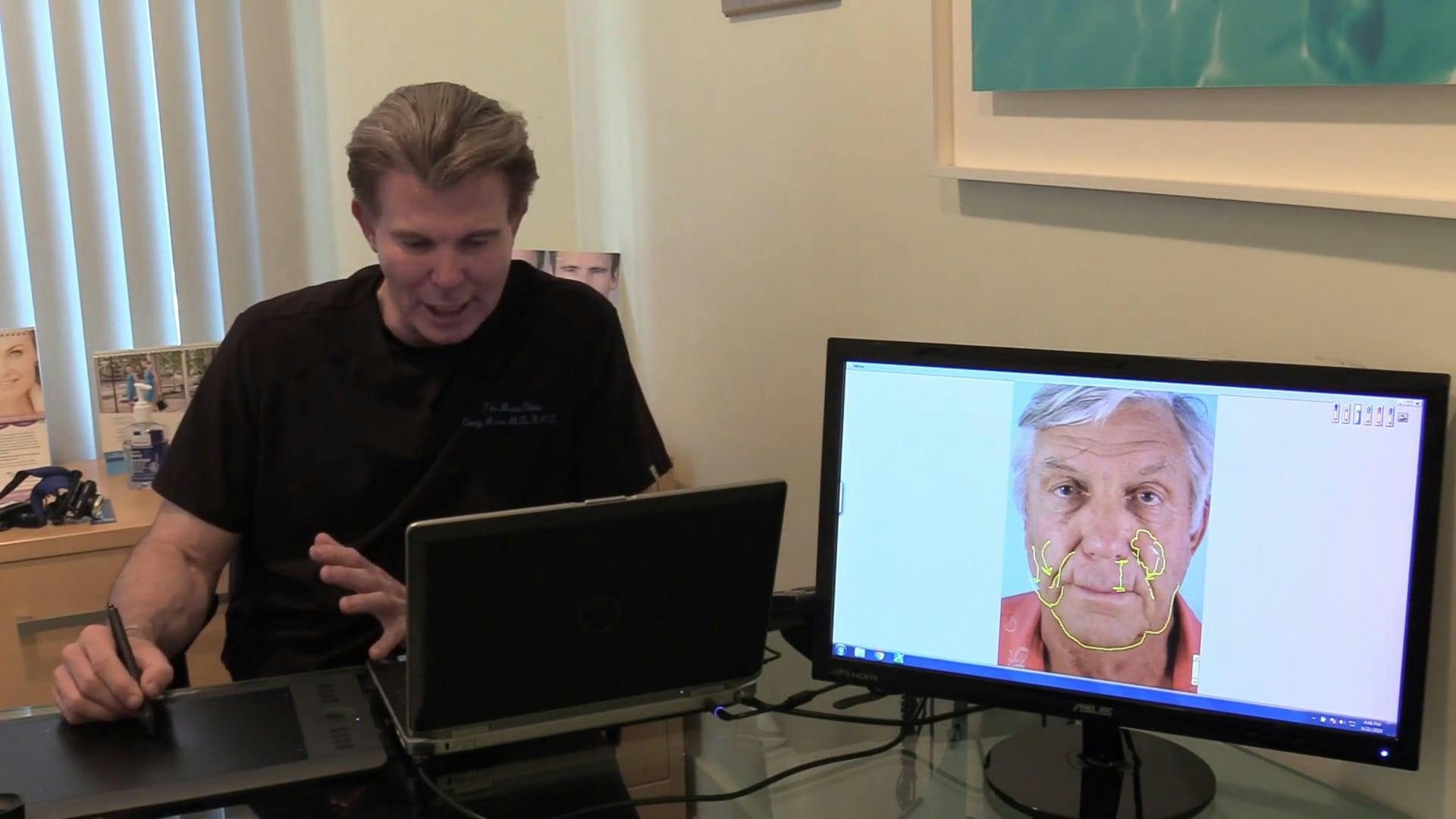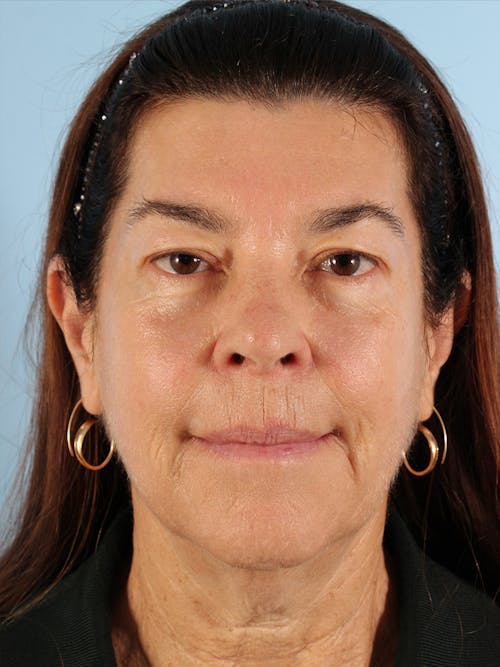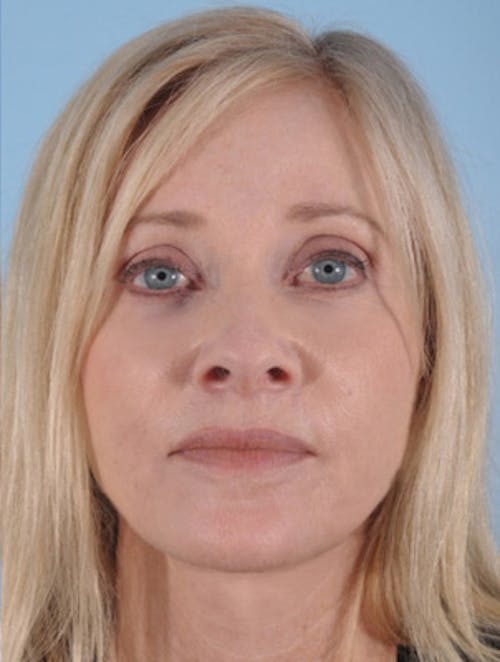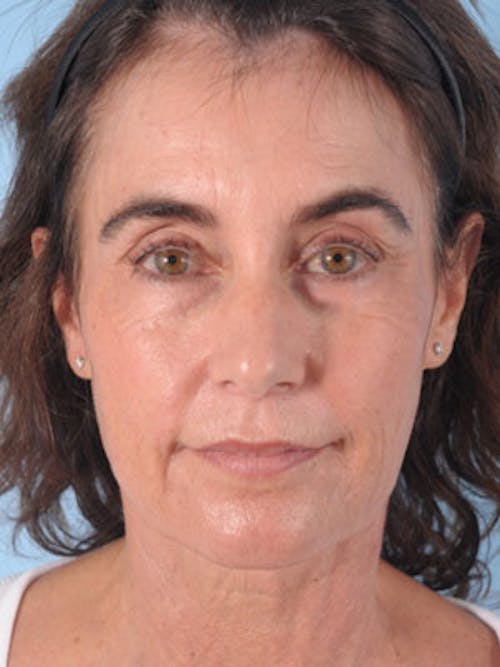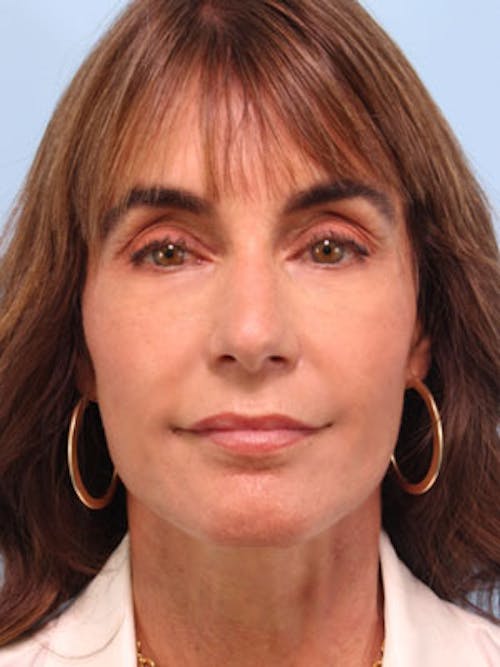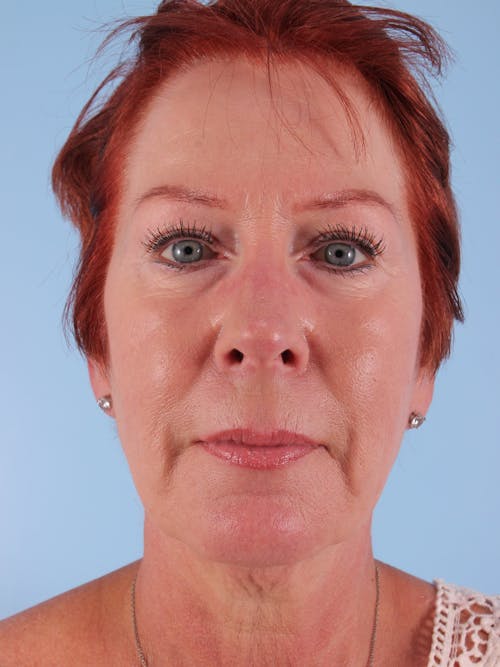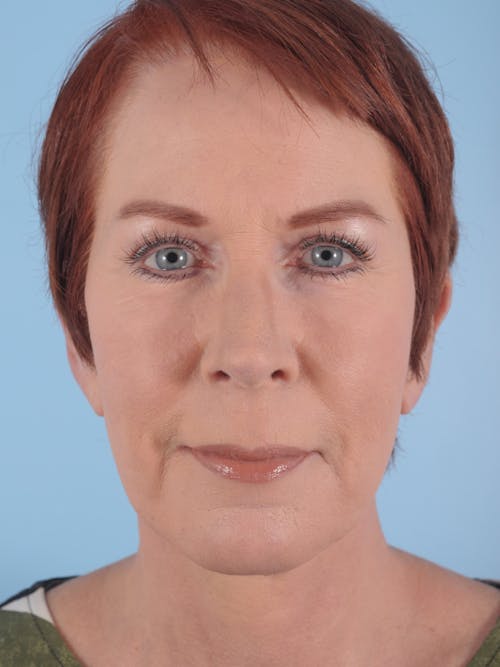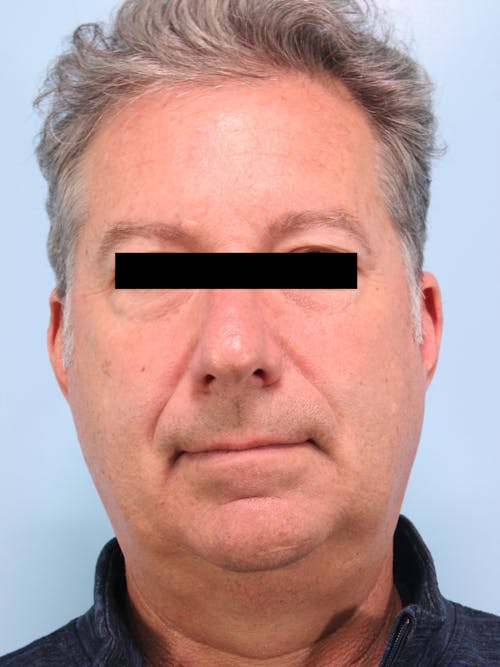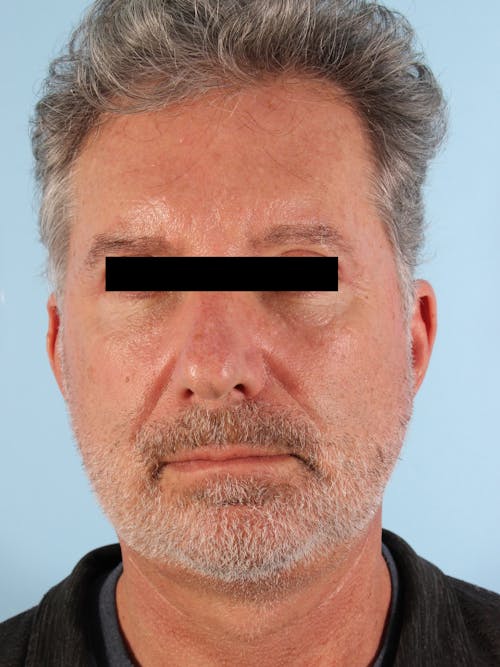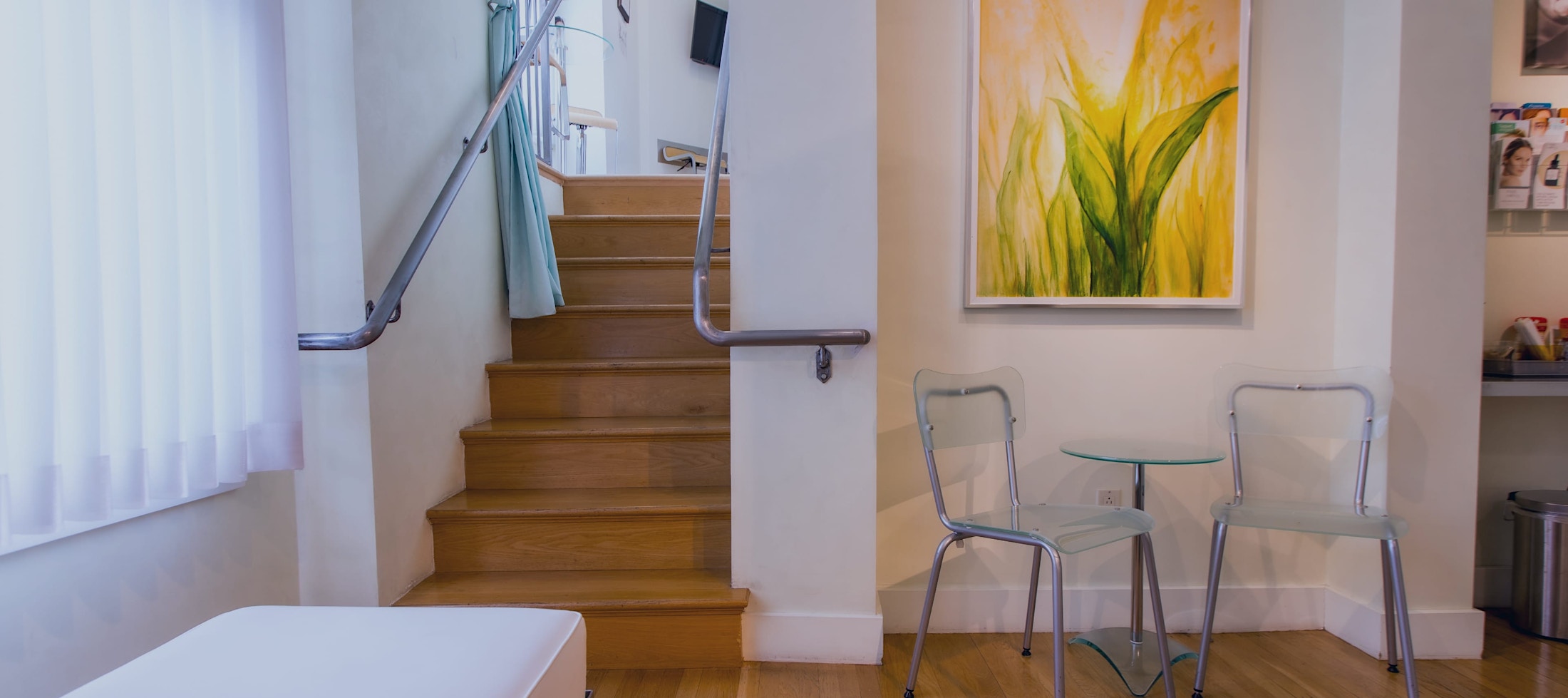Restore youth and rejuvenate your beauty for a boost in confidence with this age-defying procedure.
Facelift SurgeryTable of Contents
Facelift Procedures FAQs
Am I Too Young for a Facelift?
No. The need for a facelift depends on individual conditions, not age. While most patients are in their 50s and 60s, younger individuals, especially those with premature aging from smoking, sun exposure, or genetics, may also be good candidates. Some people in their 40s or early 50s choose a facelift to match their youthful energy with their appearance. If your facial conditions justify it, a facelift is appropriate at any age.
How Can I Avoid Looking Overly Tight or Pulled?
Patients may end up with overly taut results due to unrealistic expectations, the choice of surgeon, and the surgical technique used. It's crucial to set realistic goals, communicate them clearly, and choose a skilled surgeon who uses comprehensive techniques like Dr. Maas' Deep Plane SMASplasty Facelift™ for natural, lasting results.
Are There Alternatives to a Facelift?
Many prefer non-surgical options over a facelift, but no alternative matches a facelift's results for improving facial contours, the neck, and the jawline. However, for fine lines, wrinkles, and mild volume loss, facial fillers can effectively enhance areas like the cheeks, lips, and jawline, offering a subtle, facelift-like effect.
How Long Does it Take To Recover from a Facelift?
Facelift recovery typically takes 10 days to 2 weeks. During the first week, expect significant swelling, so it's best to avoid social activities. Bruising, which usually lasts about 10 days, is the main factor in determining when you can resume normal activities. Fortunately, it can be concealed with makeup, and the incisions are hidden in discreet areas, making bruising less noticeable.
Is the Ribbon Lift a Facelift?
The ribbon lift uses a special suture, the eye guide, beneath the neck, forming a crisscross pattern. It incorporates a dissolvable polylactic acid device called Endotine, which lifts soft tissues. Commonly used for midface elevation, the procedure involves small incisions in the hairline and under the lip. While effective, alternative techniques like the endoscopic mid-face lift may provide better results for midface lifting.
Non-Surgical Facelift: Does it Exist?
No cream can replicate a facelift, which is defined by its ability to contour the lower face and neck. While laser resurfacing tightens skin and smooths wrinkles, it doesn't alter facial contours like a facelift does.
Are 'Weekend Facelifts' Worth It?
Medical practices advertise so-called 'weekend facelifts' that promise to have patients back to work and social activities in just a few days. While it's easy to see the superficial appeal of a shortened procedure and recovery time, the benefits of these procedures are limited. Only deeper techniques, like Dr. Maas' Deep Plane SMAASplasty Facelift™, can create results that last 10 to 15 years or more.
What Is the Difference Between a Mini Facelift and a Regular Facelift?
Facelifts typically target the lower two-thirds of the face, lifting and tightening muscles and sometimes transferring fat. Mini facelifts, a less extensive procedure first performed in 1908, vary by surgeon. Dr. Maas’ mini facelift addresses the SMAS layer, lifting the skin from the jawline to the cheek and even the temporal region. It specifically targets the jawline, marionette lines, and lower nasolabial folds. Incisions are hidden behind the ear and hairline for a natural look. Depending on the correction needed, anesthesia options range from local with sedation to deep sleep.
What Is the Deep Plane Facelift?
The deep plane facelift targets deeper facial tissues, providing more substantial and long-lasting results, especially in the nasolabial folds, often lasting 10 to 15 years. By adjusting muscles, fat, and ligaments instead of just pulling the skin, this method offers a more natural look without an overly tight appearance. While there's debate among surgeons about whether it's the best technique, Dr. Maas can help you determine the right approach for your needs, thanks to his extensive expertise in various facelift techniques.
What Is the Difference Between a SMAS Facelift and a Deep Plane Facelift?
A SMAS facelift targets the SMAS layer, a fibrous tissue between the skin and facial muscles, to avoid the overly pulled look of skin-only facelifts. The deep plane facelift goes deeper, addressing the area beneath the SMAS and sometimes releasing ligaments to prevent tightness. While some view the deep plane facelift as superior, the best technique depends on the patient's unique needs. Any facelift can achieve excellent results when properly matched to the individual.
What Type of Facelift Is Right for Me?
Plastic surgery advancements offer various facelift options, but there's no one-size-fits-all. Procedures are tailored to individual needs. A mini facelift might suit younger patients with early jowling, while older patients with significant sagging may need a deep plane facelift and neck lift. Dr. Maas will help you choose the best option based on your goals.
Is Scarring Significant With a Facelift?
Any surgery can leave a scar behind, but with good surgical technique and appropriate aftercare, the scar heals into a thin line that is nearly indistinguishable in most cases. Facelift incisions are placed in the hairline so the scars are hidden, even in men and other patients wearing short hair. Most patients report their scars no longer visible three months into facelift recovery.
How Can I Ensure My Face Looks Rejuvenated and Not Puffy or Overdone?
Unnatural cheek volume often results from improper use of facial fillers. While some swelling is normal after treatment, it subsides. Dr. Maas focuses on natural-looking results, restoring your youthful appearance rather than altering your features. Bringing photos of your younger self to your consultation helps him accurately assess and plan the restoration.
Should I Use Implants, Fat Transfer, or Fillers to Restore Facial Volume?
Your options depend on your unique needs, and Dr. Maas will guide you in making an informed decision. Long-lasting solutions include customizable cheek, chin, and temporal implants, or autologous fat transfer for natural volume. Stimulatory fillers like Radiesse boost collagen production for mid-face rejuvenation. For minimal downtime, hyaluronic acid fillers like Juvederm Voluma or Restylane Lift offer quick, in-office results that last up to two years.
What Is the Difference Between a Mini Facelift and a Regular Facelift?
Facelifts typically target the lower two-thirds of the face, lifting muscles and sometimes transferring fat. Dr. Maas' mini facelifts go beyond simple skin elevation, addressing the SMAS layer and lifting from the jawline to the cheek, and even the temporal region. Incisions are discreetly hidden, ensuring natural results. Depending on the extent of correction, the procedure may use local anesthesia with sedation or deep sleep anesthesia.



